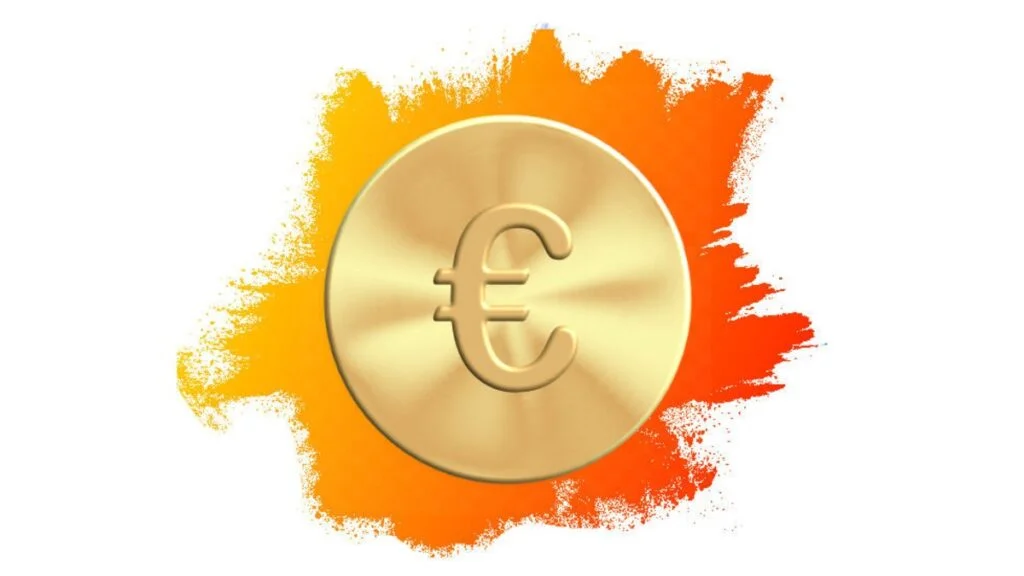The Central Bank of Spain has issued EURM trial authorizations to Monei expected to last between six to twelve months.

A six to twelve month experiment of a stablecoin (EURM) denominated in euros has been approved by the Central Bank of Spain. The ECB’s digital euro plan will be built on the results of the testing.
The Spanish Central Bank (El Banco de España) delegated the project to a renowned financial technology company called Monei which aims to fund the development of ECB-issued digital euro (EURM).
The need for a monetary anchor to maintain and enforce the management of economic policies, which is currently in jeopardy with the emergence of cryptocurrencies led to the creation of the CBDC initiative by the European Central Bank in July 2021.
Before the project goes live on the mainnet, the test phase is anticipated to run between six and twelve months inside the Spanish jurisdiction. Important data on the stablecoin’s functionality will be gathered during the test period, examined, and repaired if any possible vulnerabilities are found.
EURM WILL BE PEGGED TO THE EURO
A fiat-collateralized stablecoin, like USDT from Tether, USDC from Circle, and BUSD from Binance, will be EURM. The ecosystem will securely retain the collateral fiat on two significant Spanish financial institutions, BBVA and CaixaBank, while Monei will maintain the EURM to EURO ratio at 1:1.
The stablecoin will initially be used to transfer money between organizations and people. After confirming their identities and phone numbers, users will be permitted to deposit €10 into their wallets during the test period.
The deposit transactions to the participants’ wallets will be powered by the “Bizum” payment application, after which EURM tokens will automatically mint in a ratio of 1:1 with the Euro deposits.
One of the key innovators in creating governmental cryptocurrency is the European Central Bank. The draft of the digital euro scheme’s rulebook will move into a new phase in February, according to an ECB publication.
